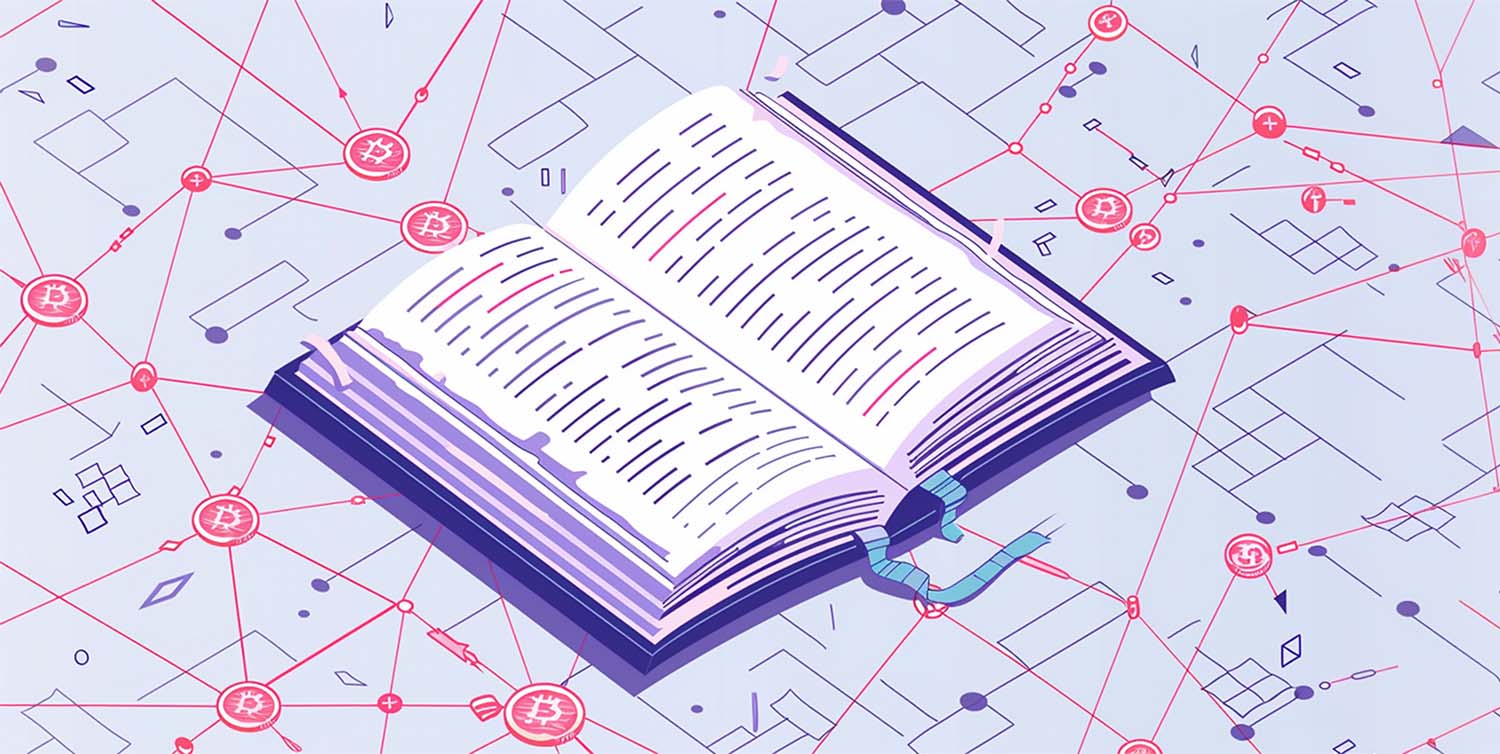With Bitcoin’s rising fame, phrases including “blockchain”, “cryptocurrencies”, and “smart contracts” are gaining more widespread recognition among the general public. In the midst of the feverish excitement surrounding Initial Coin Offerings, it is imperative that one sees the distributed ledger technology of blockchain as more than simply another avenue for profit or just another form of digital money.
Today, blockchain’s distributed ledger technology is increasingly integrated into document storage and verification systems. Its primary advantage lies in the near-impossibility of data manipulation once entered into the system, due to its append-only nature. This transparency ensures the authenticity of documents, as each entry’s origin is visible to all. Similar to its impact on identity verification and the banking sector, the “Crypto Revolution” is also making strides in the education system.
Pioneering Moves
The year 2017 marked a significant leap in adopting blockchain within education. The University of Nicosia led the charge by officially using blockchain to store diplomas and certificates, also becoming the first to accept Bitcoin as payment. Massive Open Online Courses offered by the university have enabled students from 83 different nations to access its curriculum, highlighting the worldwide recognition afforded by its accreditation from both the European Universities Association and the European Association of Higher Education.
Following suit, entities like the Open University (UK), Sony, and the Massachusetts Institute of Technology have embraced blockchain for educational credentials.
Prospects and Standardization
Blockchain’s potential extends beyond a mere database; its dynamic and transparent nature can revolutionize education by legitimizing and expanding online learning. The growing popularity of MOOCs, offering accessible and affordable education globally, underscores this shift. Blockchain enables the customization of course bundles to cater to specialized fields, proposing varied learning strategies. Furthermore, it standardizes certifications across universities and online platforms, paving the way for global recognition and legitimacy.
Globalization Potential
Imagine a world where all educational credentials are recorded on a global blockchain network. This unified system would allow seamless sharing of qualifications between organizations, facilitating a dynamic talent search based on specific skill sets. It could create a demand-driven education model, where students see real-time requirements for their desired positions. Educational institutions, adapting to labor market trends, could offer “dynamic course blocks,” letting students tailor their education for professional advancement. This approach addresses the rapid obsolescence of curricula amid the swift advancement of Information Technology.
Future Outlook
Labor market trends are increasingly volatile, with technology advancing at an exponential rate. This evolution necessitates up-to-date skills, challenging traditional educational programs’ relevance. A dynamic monitoring of corporate requirements for candidates, coupled with the rise of MOOCs and online education, enables institutions to swiftly adapt to educational trends. This paves the way for a direct, intermediary-free relationship between universities, organizations, students, and businesses, united by a blockchain registry in an integrated educational ecosystem.

